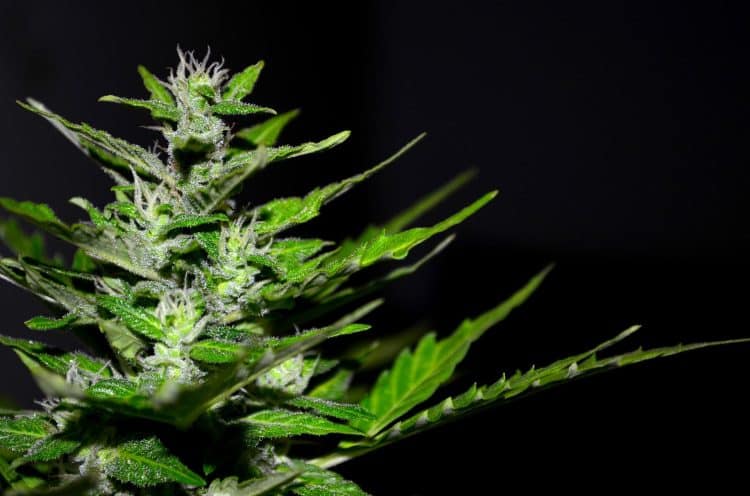Carbon dioxide (CO2) extraction is considered a superior method of extracting compounds from the cannabis plant. It’s environmentally friendly and non-toxic, as it allows cannabinoids, terpenes, and other compounds to be extracted from the cannabis plant while leaving no traces of solvent behind.
CO2 extraction involves the use of pressurized carbon dioxide to draw out specific phytochemicals from the cannabis plant. At certain temperatures and pressure levels, CO2 can act like a solvent without the dangers that can come with solvents. While it is initially the most expensive method of extraction, it’s also widely considered the safest and greenest commercial plant extraction method available.
Public domain, Wikimedia Commons
Supercritical CO2 extractions are more often discussed, but this is just one method of CO2 extraction available. There are other extraction methods available including subcritical CO2 extractions.
With the subcritical method, CO2 is kept below its critical temperature and pressure but above conditions where it reverts to gas (see image). This liquid CO2 is sent through cannabis plant material where it dissolves specific phytochemicals. The liquid is then depressurized to a gaseous form, removing the CO2 gas from the terpenes and other desired compounds. The gas liquefies again after being passed through a condenser and is recycled to be used again.
With the CO2 pressure and temperature lowered to a subcritical state, the more volatile compounds are less likely to be lost. Since temperature and pressure are tunable, extractors can fractionate the process with subcritical and supercritical extractions that capture most molecules. The result is a product that more closely resembles the original plant material.
This method of extraction takes longer to complete and produces smaller yields compared to supercritical CO2 extraction. This is because it has lower solvency power and, therefore, its gentler conditions leave behind waxes and most of the cannabinoids. That said, subcritical CO2 extraction is optimal for terpenes, essential oils, and other volatile chemicals in the cannabis plant. While supercritical extraction may be able to produce higher yields, the higher pressure and temperatures used can damage thermally labile chemicals including terpenes.
For this reason, subcritical CO2 extraction can be a more attractive way to separate terpenes and other volatiles from the cannabis plant, as it’s more delicate on these sensitive compounds. One study illustrated that supercritical CO2 effectively eliminated monoterpenes while concentrating monoterpene alcohols and sesquiterpenes. [1]
Although supercritical has been the more commonly-known method of CO2 extraction, subcritical CO2 extraction has become increasingly popular for preserving terpenes, particularly in terms of developing full-spectrum cannabis products.
Image source: Eugenio Cuppone from Pixabay
Reference:
- Sexton M, et al. Evaluation of cannabinoid and terpenoid content: cannabis flower compared to supercritical CO2concentrate. Planta Med. 2018; [Impact Factor: 3.352; Times Cited: 24 (Semantic Scholar)]











